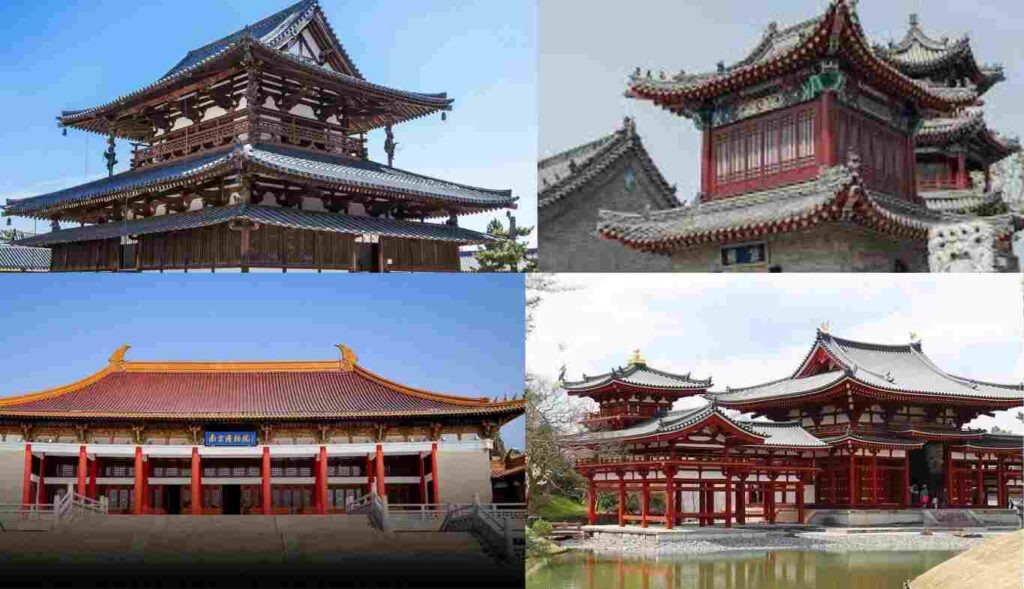Two of the most iconic and influential styles of architecture in the world are Chinese and Japanese architecture. The architectural traditions of China and Japan are distinctly different, however, regardless of their common Asian blood — each has developed over centuries within the context of cultural, historical and geographical molds.
Chinese architecture is much aesthetic in design and gives vivid reflection of Chinese culture while Japanese architecture gives symbolic meanings as simple, clean, and symmetry in nature, harmonious design reflects Japanese culture. Though there is some overlap due to historical exchanges, the differences are deep.
Gathering the Pieces of Style: Historical Influences on Architecture
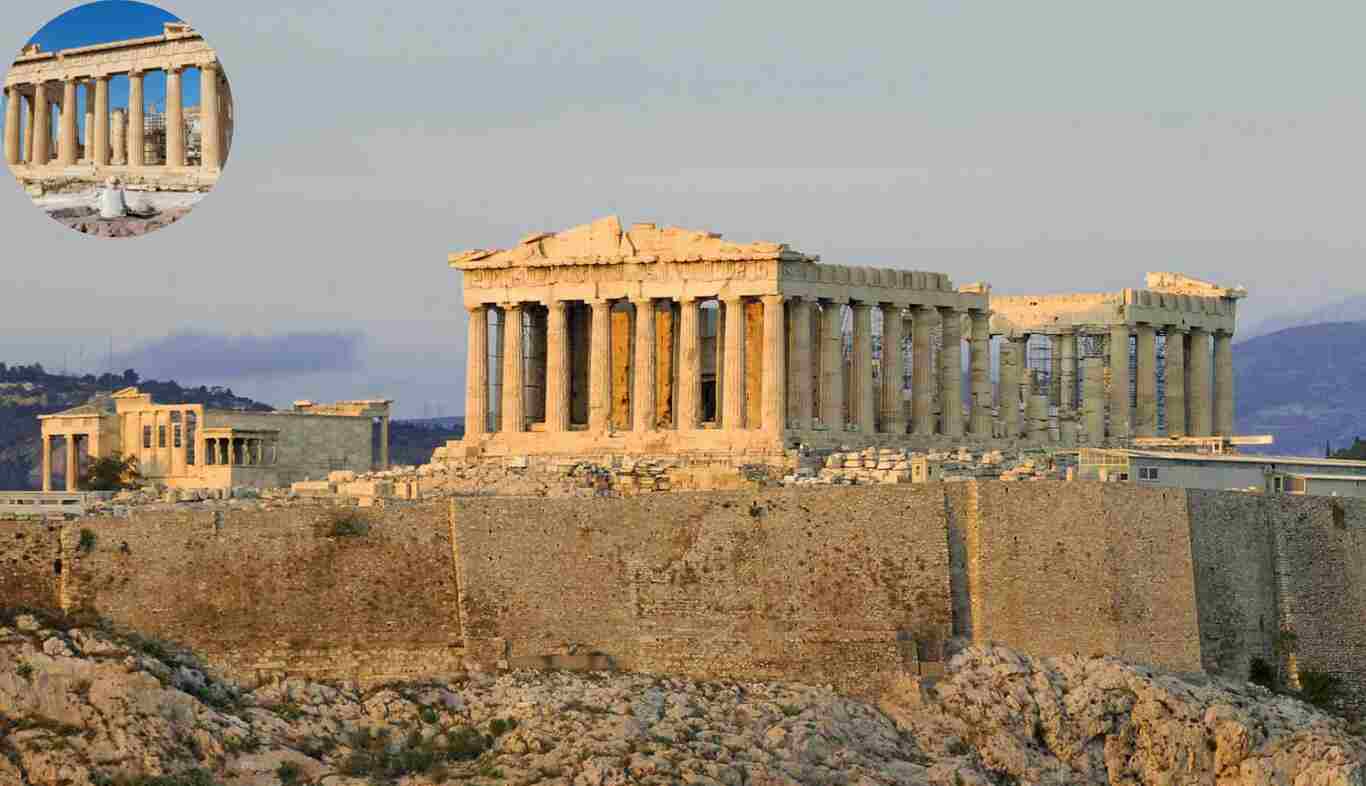
Chinese architecture: the genesis of its architecture is even more ancient than Japan; it originated from the mixing of three different cultures; ancient Chinese civilization, Chinese Buddhist culture, classical Chinese society, and Chinese hometown worship add up to form the unique façade of Chinese architecture. Let’s take a look at how these influences affected each style.
Japanese Architecture & The Influence of Buddhism
Buddhism spread to Japan from China and Korea in the 6th century and had a significant impact on Japanese architecture. Temples were the foundation of Japanese design — pagodas, wooden buildings, and open courtyards.
As such, Buddhist architecture in Japan was adapted to the local environment and cultural preferences. For example:
- Pagodas in Japan tend to be tall and thin, designed to blend in with nature.
- Detailed wooden joinery methods, like interlocking joints, would become a characteristic of Japanese temple architecture.
At the same time, buddhism brought with it the idea of zen aesthetics, which prized simplicity, natural materials and meditative space.
Temples, Shrines & Other Structures of Ancient China
The history of Chinese architecture extends back more than 4,000 years, and each dynasty left its stamp on its architecture. From the monumentalism of the Great Wall of China to the lavish palaces of the Forbidden City, Chinese architecture emphasizes imperial power and cultural symbolism.
Here are the key historical influences:
- Han dynasty (206 B.C.E–220 C.E.): First to utilize brick and tile, as well as symmetrical layouts.
- Tang Dynasty (618–907 CE): Characterized by open, sprawling layouts as well as curved roofs.
- Ming and Qing Dynasties (1368–1912 CE) — The use of bright colors, intricate carvings and ornamental motifs becomes widespread.
Bilateral symmetry, which represents balance and order, is a key feature of Chinese architecture while dragon motifs and red color schemes emerge as auspicious elements.
Structural Differences between Chinese and Japanese Architecture
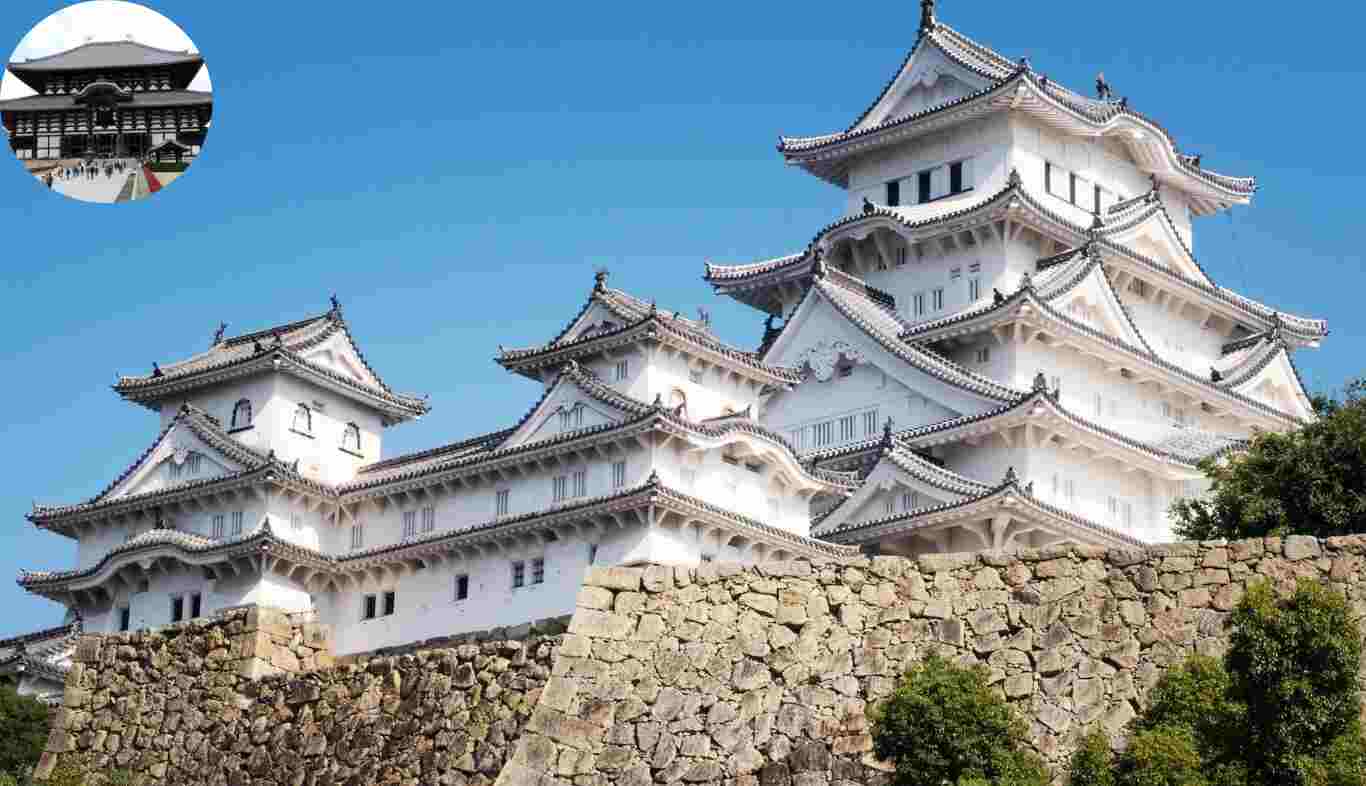
The physical and cultural differences between Chinese and Japanese architecture are immediately clear thanks to the vastly different priorities and conditions of each. From the building materials to roof styles, let’s look at the differences.
Materials and Construction Techniques
Chinese and Japanese architecture both emphasize wood, but they could hardly be more different in how they do this:
- Chinese Architecture: Emphasises on opulence and sturdiness. Structures commonly used wooden frames with complicated joints, backed by stone bases. Decorative touches include painted beams and carved brackets, which add visual interest.
- Japanese Architecture: Less is more, flexible. Japanese wooden structures are usually lightweight, and they are used as interlocking joints without nails for earthquake resistance. There are also plenty of natural materials, such as bamboo and paper (think shoji screens).
These details reveal each culture’s value systems; Chinese architecture regards time as long and authority based—Japanese architecture regards time as scaffolding, a ritualistic engagement with the seasons.
Roof Designs and Symmetry
Roof design is another point of divergence between Chinese and Japanese architecture:
- Chinese Roofs: Distinctive for their curved, upturned eaves and bilateral symmetry. This design is more than just eye-candy – it is useful, helping to channel the rainwater. We can see a lot of glazed tiles in the interiors with bright colors used (yellow for imperial places).
- Japanese Roofs: More minimal (often with thatch or tiles) and lower. Japanese roofs are lower and flatter, and they integrate with the landscape. It is all about function and minimalism.
Chinese rules of proportion lean towards strict symmetry — denoting organization and hierarchy — while traditional Japanese architecture celebrates asymmetry, mirroring natural landscapes.
Architectural trends have been influenced by lifestyle and culture
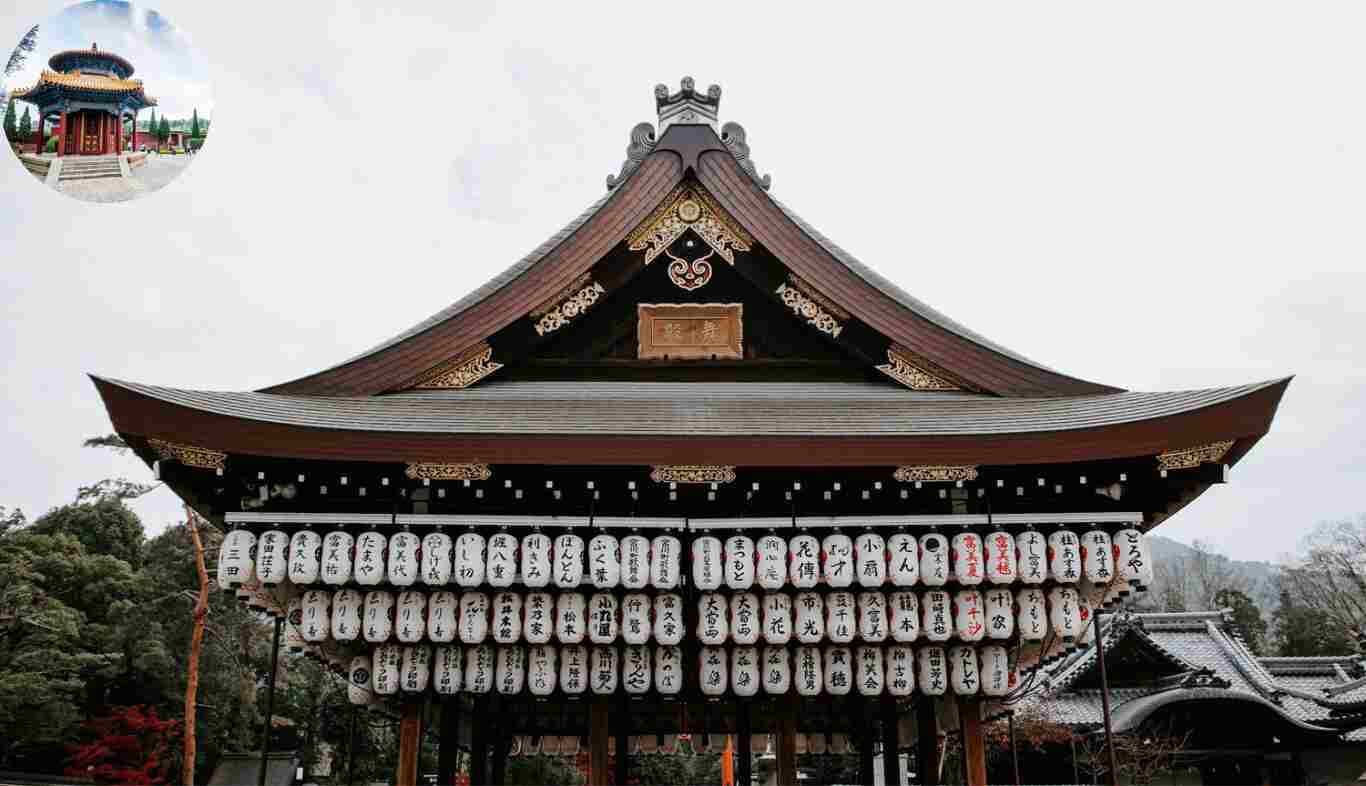
Architectural style is strongly defined by the lifestyle and cultural life of a society. We will look at how seating customs, modernization and cultural values influenced Chinese and Japanese interiors in this section.
Sitting Customs: Chairs vs. Sitting on the Floor
One of the most obvious lifestyle differences between China and Japan is how people used to sit—and that affects architecture directly:
- Chinese furnishing: Chairs and lifted furniture were extensively practiced, thus the bigger ceilings and more expansive interiors were designed. Elaborate furniture arrangements in Chinese interiors express social status and wealth.
- Japanese Architecture: The ideas of floor seating (e.g., sitting on tatami mats) inspired low ceilings and open spaces} Fusuma (sliding doors) and minimal interiors express the Japanese idea of simplicity and usefulness.
Such variations exemplify how cultural practices inform the arrangement and decoration of living areas.
Also read (stable diffusion architecture)
Data includes up-to October difference 2023
Traditional architecture in both China and Japan has been modernized over the years, but each country has gone about breaking from the past some way of its own:
- China: Urbanisation has transformed both the landscape — skyscrapers reached new heights — and rural communities. Nonetheless, in order to maintain cultural heritage, traditions such as courtyards and pavilions are frequently integrated into urban designs.
- Japan: Strikes balance between modernization and tradition. Architects such as Tadao Ando both blend concrete and glass with natural elements while maintaining a sense of reverence for traditional aesthetics infused with innovation.
Detached from their cultural roots as they are, modernization has made its inroads into the architectural transcendence of both countries.
CONTEMPORARY ARCHITECTURAL TRENDS IN CHINA AND JAPAN
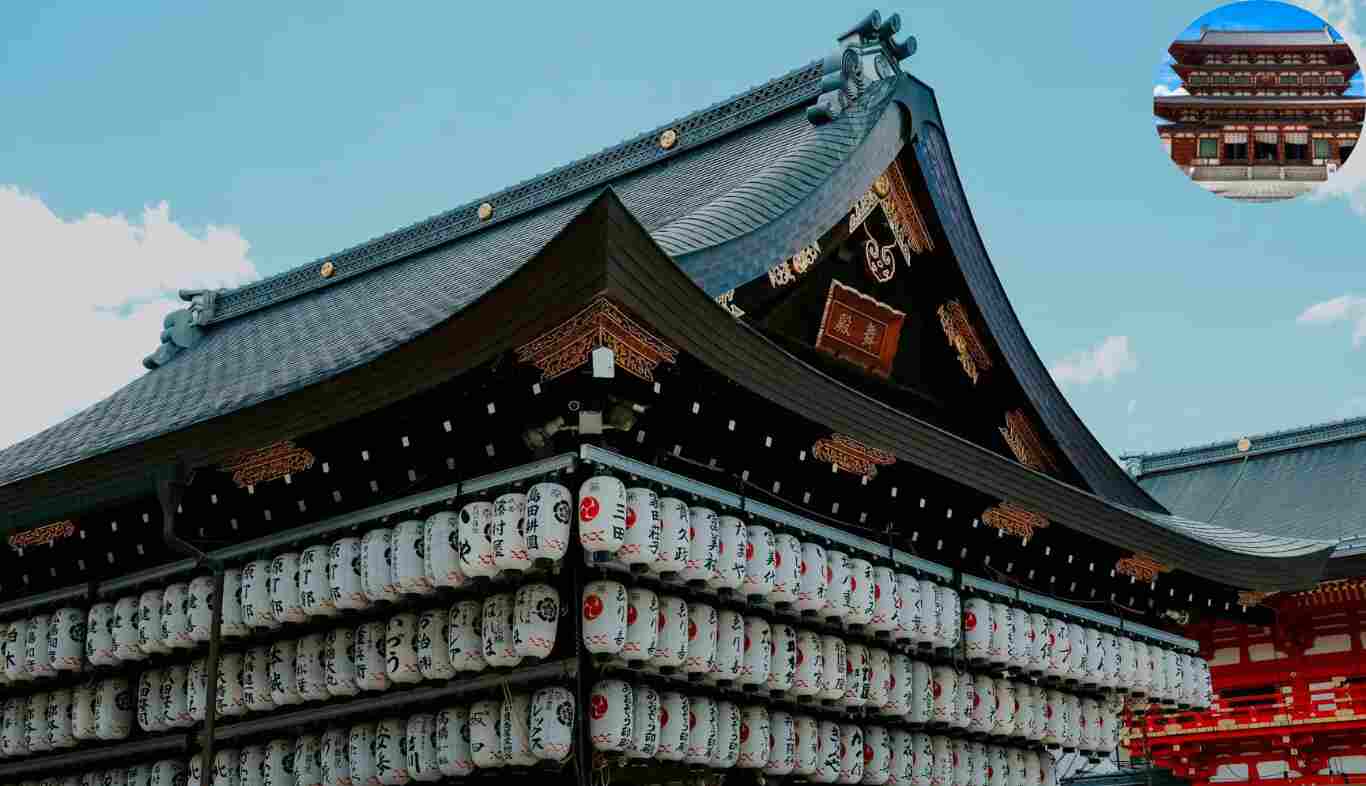
China and Japan contemporary architecture Here’s how each country is reinventing its architectural identity in the 21st century.
Architectural practices in China today
China’s explosive economic growth has driven ambitious architectural projects that blend traditional elements and modern designs:
- Urban skyscrapers: Cities such as Shanghai and Beijing are known for their futuristic skylines, which feature iconic buildings such as Shanghai Tower and the CCTV Headquarters
- Cultural preservation: Many of the new Chinese buildings maintain traditional designs, using components like red, gold, curved roofs, courtyard-style layouts, etc.
From green roofs to solar panels, sustainable designs are a growing focus for Chinese architects, as they strive to develop environmentally friendly structures.
Modern Japanese Architecture
Japanese architecture is famed for its innovation and creativity, marrying tradition and high-end technology:
- Minimalist Design: Clean lines, open spaces, natural materials (Tadao Ando, Kengo Kuma)
- Innovative Earthquake Engineering: Japan’s emphasis on safety has translated to groundbreaking technologies in earthquake-resistant structures.
- Space Economization: Due to limited space in cities, Japanese architects create multifunctional structures that prioritize efficiency.
- Japanese architecture borrows elements from both Asian and Western styles, and is characterised by simplicity, minimalism, and a focus on harmony with nature.
Also read (architecture symbols)
